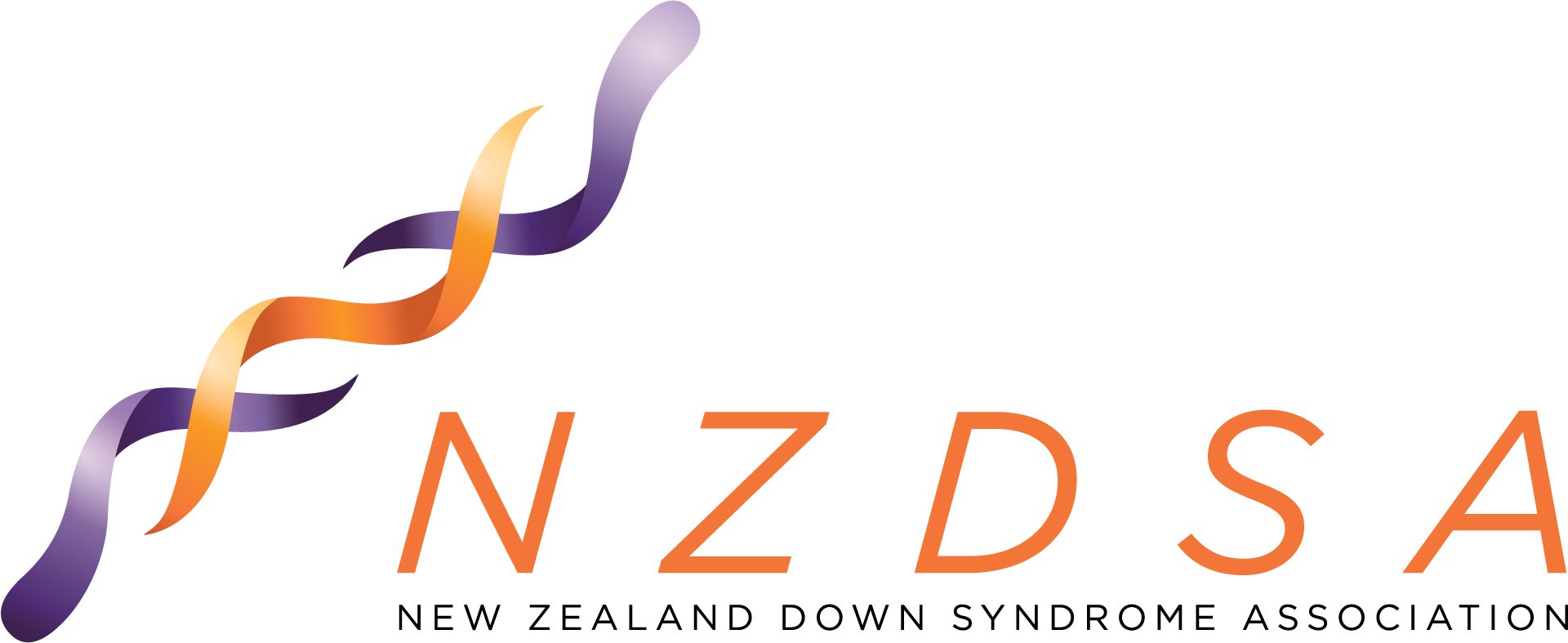Over the more than 40 years of its existence, the Champion Centre has helped transition many children with Down syndrome into early childhood centres and schools. Some teachers have good knowledge about the needs of children; but others have questions and concerns about how best to support them in the learning environment. As a result of many conversations with teachers, the Champion Centre has developed a small booklet which it offers to early childhood centres and schools to help them understand how best to support children’s learning. Below is a sample section from this booklet to give a flavour of the information and advice being offered.
Supporting learning
Learning is rarely a straight path for any of us; but for children with Down syndrome it often seems to be particularly circuitous. Learning happens because new connections are being formed in the brain. And in the brains of children with Down syndrome forming these connections can take longer and can need more repetition and reinforcement to be maintained than in the brains of typically developing children. As a result, skills may appear and then apparently disappear, only to reappear later. Sometimes this is the result of periods of poor health or the transition to a new environment; but at other times, learning requires not just the ‘addition’ of new information but the ‘reorganisation’ of existing knowledge and this can temporarily or permanently dislodge things that have already been apparently learned. As each new skill or piece of information is learned, it is important that existing ones not be forgotten, but reinforced through activities that integrate the old and the new. An ability to sequence and to process sequences (of words, of numbers, of activities and ideas) is at the core of learning, and children with Down syndrome find sequencing challenging. They process more slowly than typically developing children, and their challenges with memory mean they often forget earlier parts of the word, sentence, instruction, or idea by the time they reach the end. In other words, because auditory processing is poor, it does not support memory (with internal speech) the way it does for most typically developing children. Here are some strategies that teachers and other learning support personnel can use to help children learn in the classroom:- Use visual schedules to help the child understand the routines of the classroom and the sequence of activities expected
- When giving instructions or directions present them both orally and with a visual support (e.g., a picture or a written word) and make sure they are simple and step-by-step and that the child is watching, listening and attending. Be aware that children with Down syndrome may process only part of the instruction and appear to have done the opposite of what was intended (e.g., “don’t cut it” may be processed as “cut”). Alternatively, if they did not understand they may simply copy another child.
- Help children understand the steps involved in a complex task and help them think about those steps, perhaps by saying “What do I need to do before….?” “What do I need to do next….?”, “What do I need to do after….?” In this way, they will begin to understand the structure of the task (beginning, middle, end).
- Remember that children with Down syndrome are not as flexible in their thinking as other children and will have difficulty revising their approach to a task already learned. Where possible teach to the endpoint you want to achieve; breaking the task into manageable components.
- Limit the distractions around the child while still keeping them as part of the classroom. Think about providing them with only the tools (pencils, ruler, etc.) that they need for the job at hand.
- While Buddy systems are important for social connection, other young children will not understand the challenges of learning for children with Down syndrome, so limit peer teaching/learning expectations.
- Be overt with the language of “learning to learn” is important. For example, when selecting a book it is important to talk about the concept of reading for meaning e.g. “Let’s find out what this book is about…” “What will happen next?” “What was this book about?”
- Let them use a keyboard if they find this more effective than using a pen or pencil that requires more fine motor control that they are able to manage.
- Make sure you know whether they are staying on task, perhaps by having them working near the teacher. Help them avoid paying attention to irrelevant details of the task.
- Give them time to process; support them when they make mistakes; and help them achieve a sense of success and achievement.
- Make sure they know that you care that they do their best. Give praise and encouragement and expect to repeat verbal prompts and reminders even if they have a visual prompt as well.
- Connect with the child’s parents and make sure you have good communication so that the parents understand what the tasks of school are and can support the child to practice them at home.

